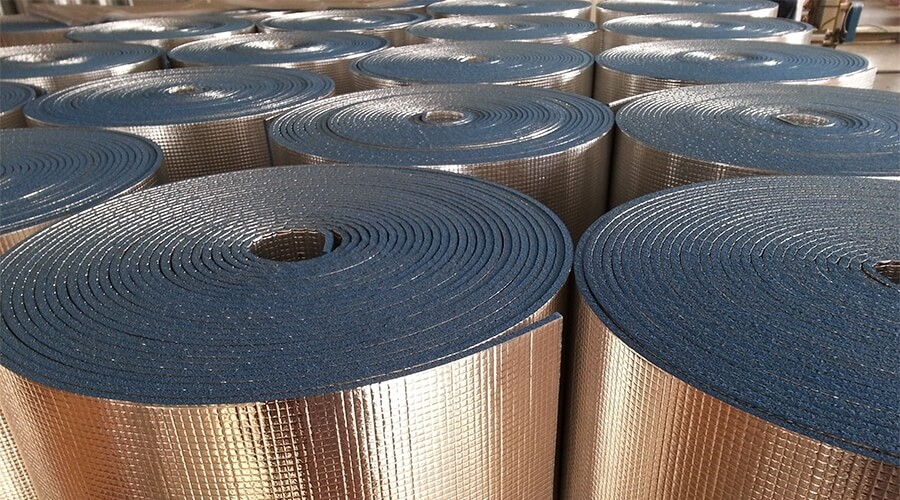
Reflective insulation, often composed of foils, is a highly efficient method for controlling heat transfer in buildings and various applications. These insulations consist of a layer of reflective material, typically aluminum foil, which is laminated to a substrate such as paper, plastic film, or polyethylene bubbles. The reflective surface works by reflecting radiant heat, preventing it from penetrating the barrier and thus reducing heat transfer by radiation.
One of the key advantages of reflective insulation is its ability to complement traditional insulation materials like fiberglass or foam boards. While traditional insulations primarily resist conductive heat transfer, reflective insulation adds a layer of defense against radiant heat, making it particularly effective in hot climates or areas with high sun exposure. Additionally, it can enhance the overall thermal performance of a building by reducing heat gain in the summer and heat loss in the winter.
Reflective foils are also lightweight and relatively easy to install, making them a cost-effective solution for improving energy efficiency in both residential and commercial buildings. They can be used in walls, roofs, floors, and even HVAC ducts to help maintain comfortable indoor temperatures while reducing energy consumption.
Moreover, reflective insulation is durable and requires minimal maintenance, offering long-term benefits in terms of energy savings and comfort. However, proper installation is crucial to ensure maximum effectiveness, as any gaps or tears can compromise its performance.
In summary, reflective insulation with foils is a versatile and efficient solution for controlling heat transfer, offering significant benefits in terms of energy efficiency, comfort, and cost-effectiveness in various building applications.